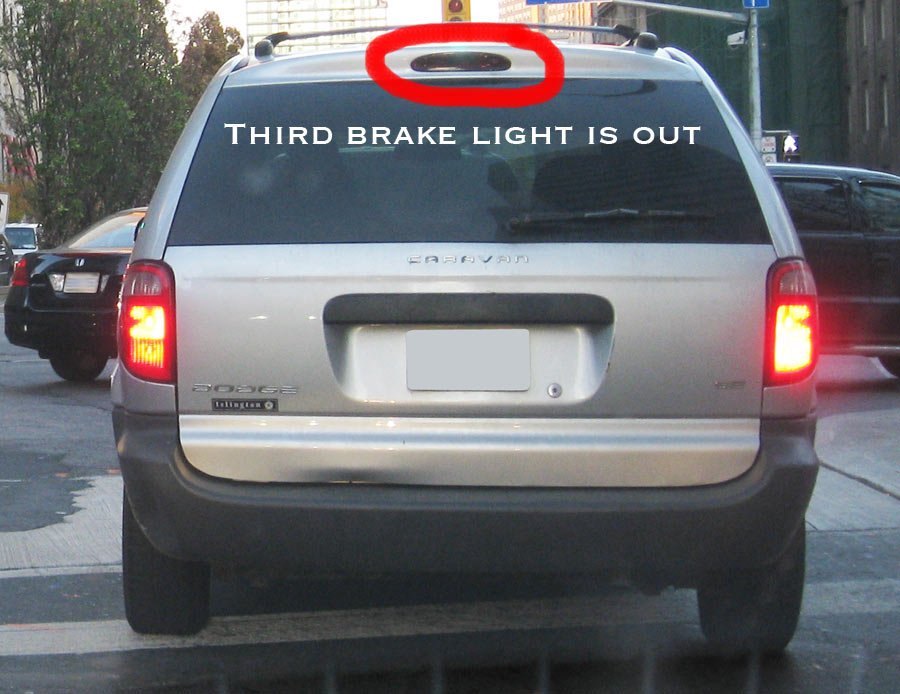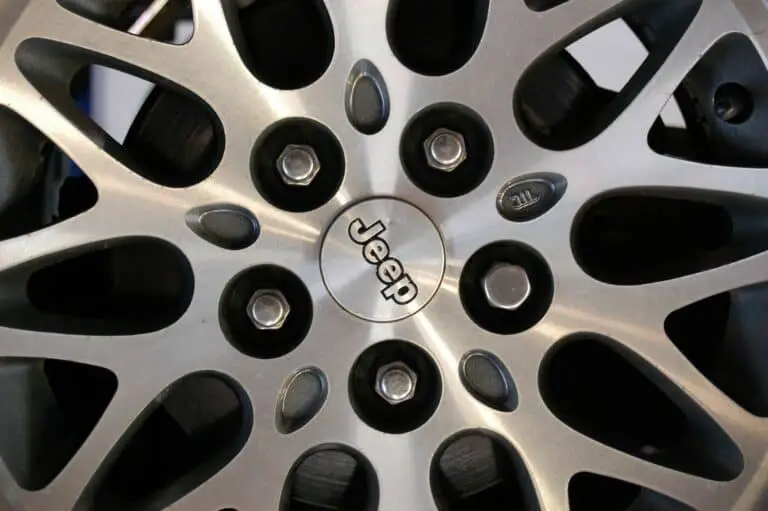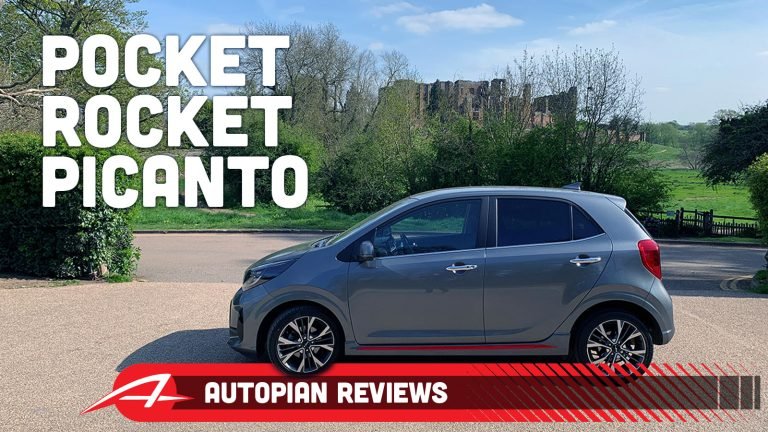3rd Brake Light Law California
In California, the brake light law stipulates that vehicles must have three brake lights: two at the rear, and one in the center or near the edge of the vehicle. The Center High Mount Stop Lamp, also known as the 3rd brake light, is an essential component of your vehicle’s lighting system. The 3rd brake light is higher and sometimes brighter than the regular brake lights, and as such, it’s easier to observe by the drivers following behind. **Designed to alert the vehicles behind you when you’re slowing down or stopping, it enhances safety on the road, significantly reducing the chances of rear-end accidents.** Now, let’s dig deeper into the 3rd brake light law in California, exploring its various facets, including compliance, exceptions, and common questions related to the law.

Understanding the 3rd Brake Light Law in California
Interestingly, the 3rd brake light law wasn’t introduced until the late 1980s. The National Highway Traffic Safety Administration (NHTSA) in the US conducted a series of studies and concluded that a central, high-mounted brake light significantly reduced rear-end collisions. Consequently, they mandated that all new passenger cars should be equipped with the third brake light beginning from 1986. Light trucks and vans followed suit in 1994.
In the state of California, this law was embraced and made mandatory for all motor vehicles, except for motorcycles. According to section 24603 of the California Vehicle Code, “all vehicles may be equipped with not more than two red stoplamps mounted on the rear, which may, but need not, be incorporated with other rear lighting equipment. However, a vehicle manufactured after January 1, 1958, that is required to be equipped with a stoplamp shall be equipped with not less than two such lamps.”
What this law essentially means is that California vehicles must have at least two brake lights. However, for vehicles manufactured after 1986, a third brake light is mandatory. This 3rd light must be brighter and positioned higher than the other two brake lights.
Compliance and Exceptions to the 3rd Brake Light Law
It’s crucial to remain compliant with the 3rd brake light law in California, mainly because it directly affects the safety of you and other road users. Failing to comply could lead to fines, penalties, and even more severe legal consequences.
However, there are certain exceptions to this rule. Vehicles manufactured before 1986 are not obliged to have a third brake light since they were produced before the law was enacted. Moreover, motorcycles are also exempted from this rule as the placement of a 3rd light can be challenging in its structure. Regardless, it’s always safer to have the 3rd light if it’s feasible.
Frequently Asked Questions
Q. What if my third brake light is not working?
According to the third brake light law in California, it is illegal to drive with a defective or non-functioning third brake light. If your brake light is faulty, it’s essential to have it repaired or replaced as soon as possible to avoid any run-ins with the law.
Q. How bright should the third brake light be?
The 3rd brake light should be brighter than your other two brake lights and visible from a reasonable distance. However, it should not be so bright as to dazzle or distract other drivers.
Q. Can I get a ticket for my third brake light being out?
Yes, if your third brake light is burnt out, you may receive a ‘fix-it’ ticket from the California police, requiring you to repair it and present your vehicle for inspection to ensure conformity with the law.
Final Thoughts
Evidently, the third brake light law in California represents an essential step towards ensuring road safety. By making it easier for vehicles behind you to spot when you’re slowing down or stopping, it considerably mitigates the risk of rear-end accidents. Hence, while it is a legal requirement to have the third brake light, it’s also a crucial safety measure every driver should adore. It’s always better to be safe than sorry!






